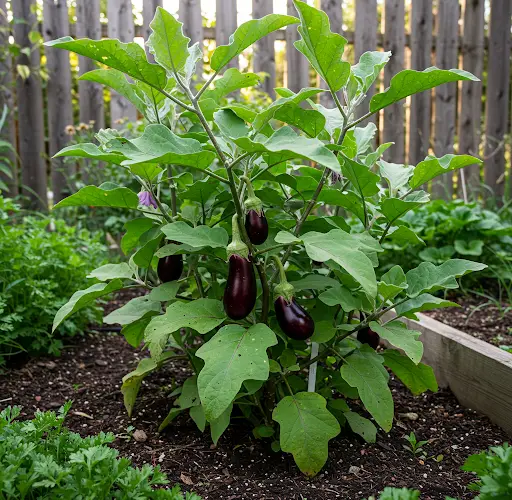How to Grow Strawberries at Home Easily – No Garden Needed
Strawberries are one of the most loved fruits around the world – sweet, juicy, and packed with nutrients. While many people assume you need a large garden or a lot of experience to grow them, the truth is that strawberries are surprisingly easy to cultivate at home, even in small spaces. With just a few basic materials and some care, you can enjoy an abundant harvest of fresh strawberries right from your balcony, windowsill, or backyard.
Why Grow Strawberries at Home?
Home-grown strawberries are not only tastier than store-bought ones, but they’re also free of harmful pesticides and chemicals. You have complete control over the growing process, and you can pick them at peak ripeness for maximum flavor and nutrition.
Another advantage is that strawberries are relatively low-maintenance. They don’t require deep soil or a large garden. With proper planning, they can thrive in pots, containers, hanging baskets, vertical planters, or even grow bags.
Choosing the Right Strawberry Variety
There are three main types of strawberries:
-
June-bearing: These produce one large harvest in late spring or early summer. They tend to give larger berries but only fruit once a year.
-
Everbearing: These yield fruit two to three times per year, usually in spring, summer, and early fall.
-
Day-neutral: These can produce fruit continuously throughout the growing season, as long as temperatures stay between 35°F and 85°F (1.6°C to 29°C).
For home growing, day-neutral or everbearing varieties are often the best choice, especially if you want to enjoy strawberries over a longer period.
What You Need to Get Started
You don’t need much to grow strawberries. Here’s a simple checklist:
-
Containers: Use pots, grow bags, hanging baskets, or recycled containers with drainage holes.
-
Potting mix: Choose a light, well-draining mix rich in organic matter. Avoid garden soil which can be too compact and harbor pests.
-
Strawberry plants or runners: These can be bought from nurseries or online.
-
Sunlight: Strawberries need 6–8 hours of direct sunlight daily for best fruiting.
-
Water: A consistent water supply is key. Avoid waterlogging but don’t let the soil dry out completely.
Planting and Care Tips
1. Planting: Fill your container with potting mix, leaving about 2 inches from the rim. Plant your strawberry starts or runners so that the crown (the part where the leaves meet the roots) is just above the soil. Water well after planting.
2. Location: Place your containers in a sunny spot – a south-facing balcony, windowsill, or patio works great. If indoors, a sunny window or supplemental grow light will help.
3. Watering: Strawberries prefer slightly moist soil. Water them regularly, especially during hot days. Drip irrigation or watering at the base of the plant helps avoid fungal diseases.
4. Feeding: Use a balanced organic fertilizer every 2–4 weeks during the growing season. Avoid high-nitrogen fertilizers, which promote leaf growth over fruit.
5. Pollination: Strawberries are self-pollinating, but you can help the process by gently shaking the flowers or using a small brush to transfer pollen between blossoms if grown indoors.
Harvesting
Your strawberries will be ready to harvest when they’re fully red and have a sweet scent. Don’t wait too long – overripe strawberries attract pests and rot easily. Pick them in the morning when the fruit is cool for best flavor.
Regular harvesting encourages the plant to produce more fruit. Use scissors or gently twist the stem to avoid damaging the plant.
Dealing with Pests and Problems
While strawberries are fairly tough, they can occasionally attract pests like aphids, spider mites, or slugs. Use natural remedies like neem oil or insecticidal soap if needed. Birds love strawberries too, so consider using netting to protect your crop.
To prevent fungal diseases, make sure your containers have good drainage and avoid watering the leaves. Also, remove old or yellowing leaves to maintain airflow.
Renewing Your Strawberry Plants
After a season or two, strawberry plants may reduce fruit production. At this point, it’s good to replace old plants with new runners (baby plants) or fresh starts to keep your harvest going strong year after year.
Final Thoughts
You don’t need a garden or a green thumb to grow your own strawberries. With a few containers, a sunny spot, and some regular care, you can enjoy sweet, juicy berries straight from your home. It’s a fun and rewarding project for both beginners and experienced gardeners – and the results are absolutely delicious!



